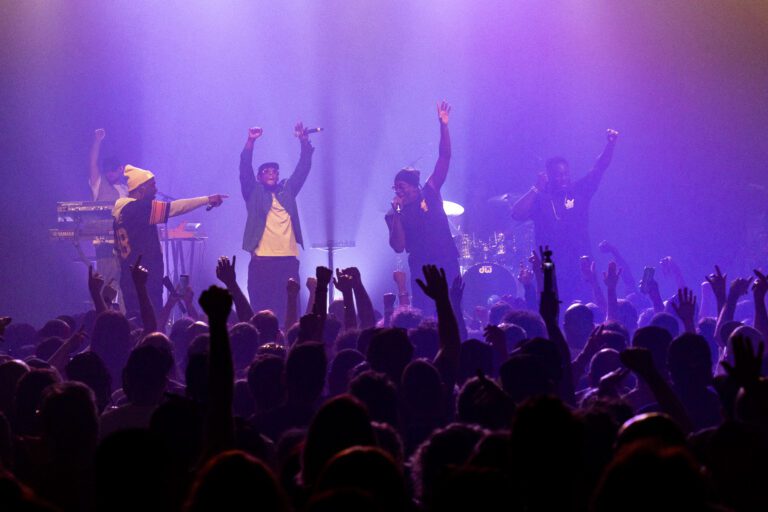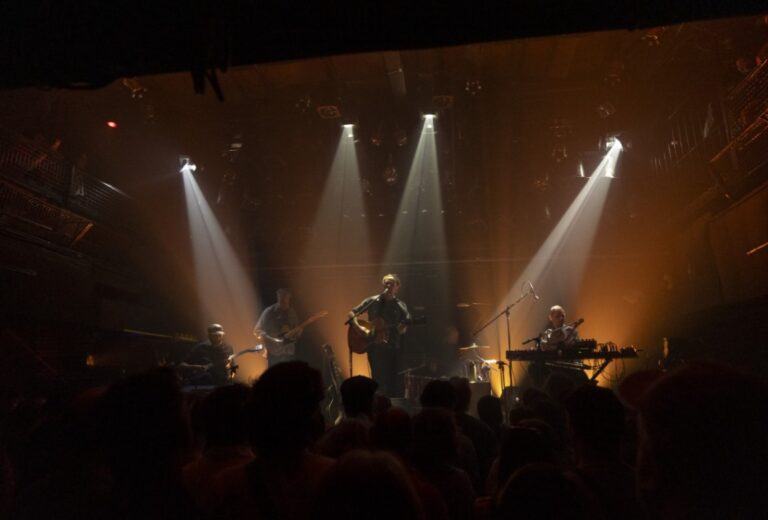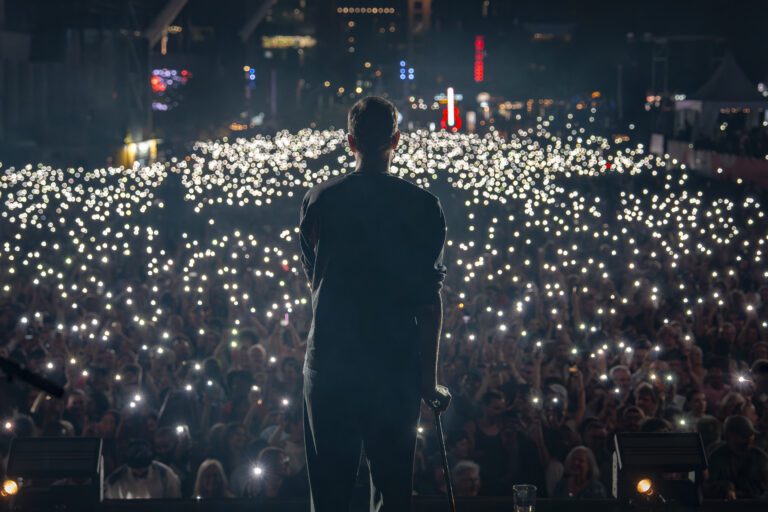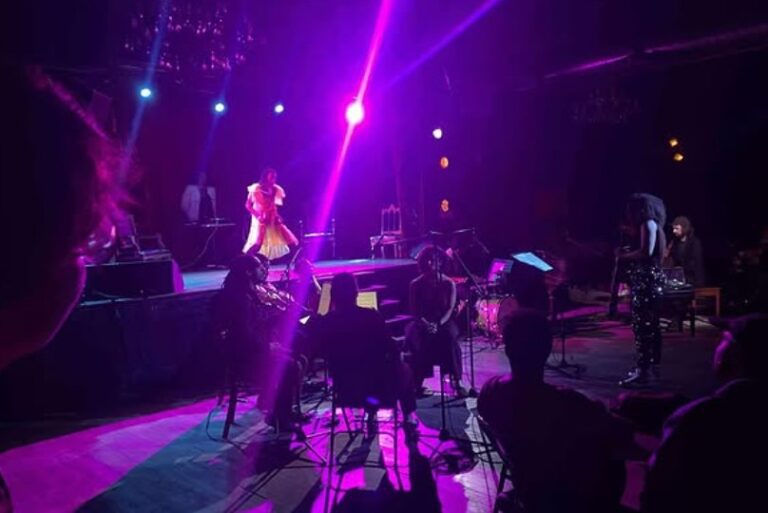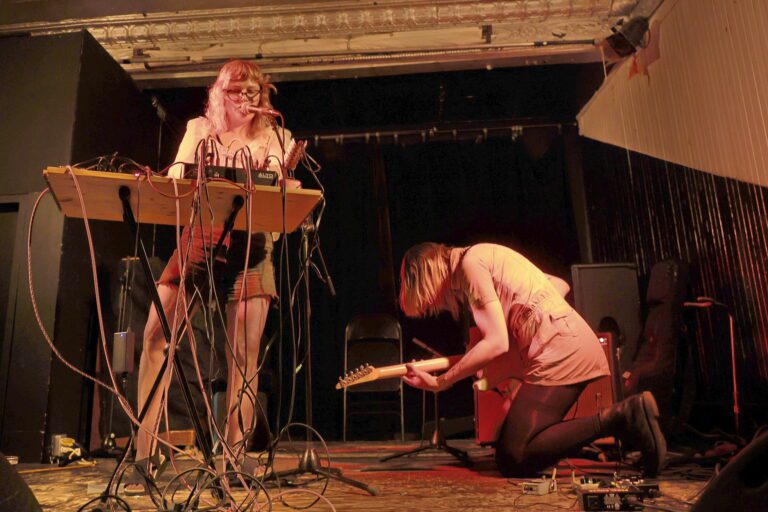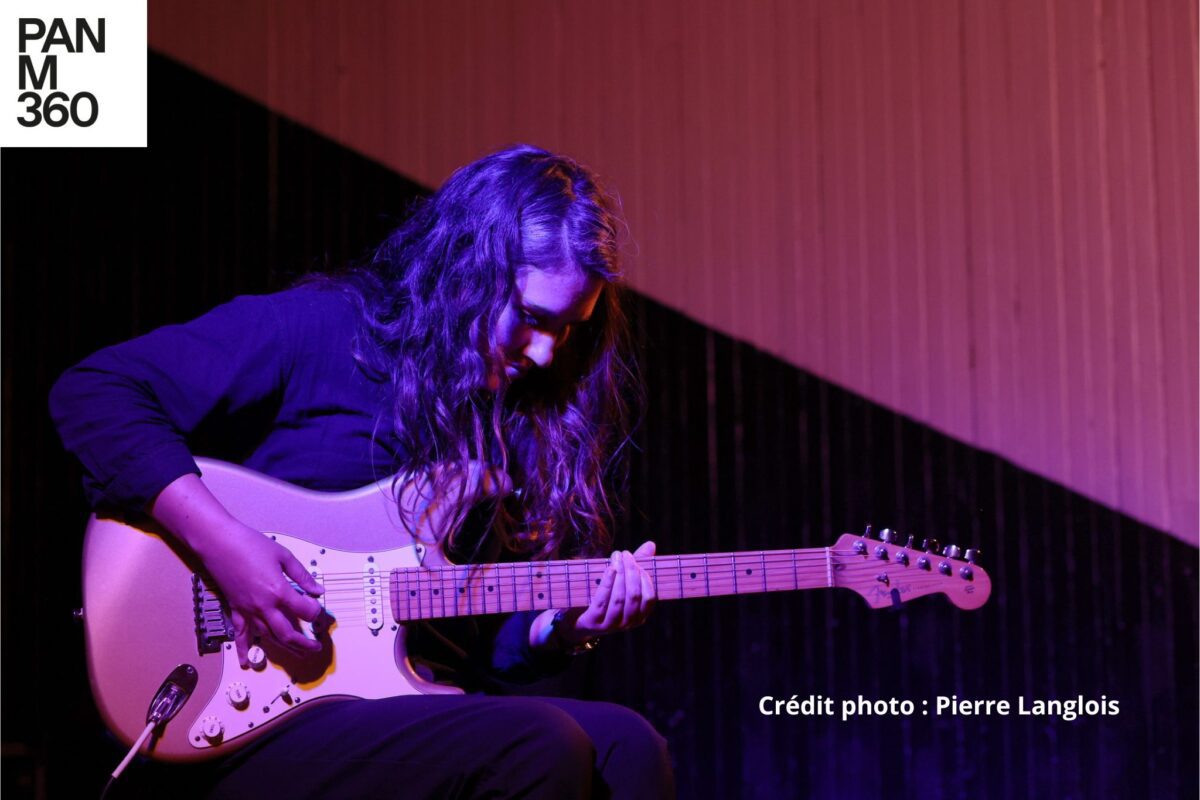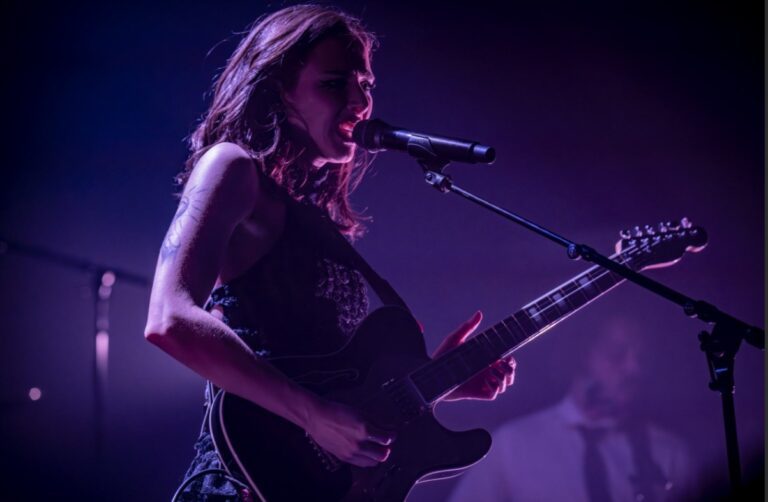For the main course on this Suoni Sunday evening, June 22, 2025, clarinetist, composer and improviser François Houle brought back a substantial piece from his adopted west (British Columbia): The Secret Lives of Color is a suite inspired by author Kassia St.Clair on the subject of color.
The links with music are explored here, and the research team includes only musicians of the highest repute, from Canada, France and the USA: Gordon Grdina (oud), Myra Melford (piano), Joëlle Léandre (double bass) and Gerry Hemingway (drums). The delicate strings (oud and double bass), the subtleties of the piano and the free-flowing percussion are beautifully balanced, not to mention François Houle’s impressionistic playing in this context.
Before which, a female tandem suggested a rich and sustained dialogue between piano and trumpet. Manitoba pianist Marilyn Lerner is a fixture on the Canadian jazz scene, and the same can now be said of trumpeter Nicole Rampersaud. These experienced musicians have mastered the latest codes of improvisation, both free and structured through an elaborate lexicon.
From Melbourne, Australia, the Open Thread quartet, previously comprising Canadian cellist Peggy Lee, saxophonist Julien Wilson, guitarist Theo Carbo and drummer Dylan van der Schyff, offered a very chamber jazz set. The rhythms were solidly executed, with a binary-ternary feel and composed measures. The guitar was more contemporary than modern jazz would suggest, and played a colorist role in this context, while the themes were often served up in sax-cello tandem, unison or counterpoint, tonal, atonal or finely noisy improvisations, to form a cohesive whole.
At the end of the evening, it was time to head down to the basement of the building, to the Soterrenea, where the Mestizx tandem was performing, made up of Bolivian singer and multi-instrumentalist Guardia Ferragutti and drummer Frank Rosaly. Reinforced by local musicians (bass, trumpet, electronics), Mestizx infuse their teapot with Latin and indigenous roots (Bolivia, Brazil, Puerto-Rico) in a folk-jazz-rock-latino-experimental style that’s not to be sneezed at. From now on, you’ll have to follow the trajectory of these highly creative artists. A real discovery!


